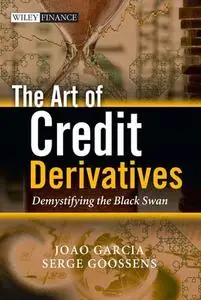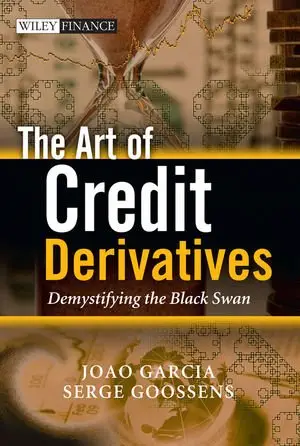Joao Garcia, Serge Goossens, "The Art of Credit Derivatives: Demystifying the Black Swan"
English | 2010-01-26 | ISBN: 0470747358 | 250 pages | PDF | 5 MB
English | 2010-01-26 | ISBN: 0470747358 | 250 pages | PDF | 5 MB
Credit derivatives have been instrumental in the recent increase in securitization activity. The complex nature and the size of the market have given rise to very complex counterparty credit risks. The Lehman failure has shown that these issues can paralyse the financial markets, and the need for detailed understanding has never been greater.
The Art of Credit Derivatives shows practitioners how to put a framework in place which will support the securitization activity. By showing the models that support this activity and linking them with very practical examples, the authors show why a mind-shift within the quant community is needed - a move from simple modeling to a more hands on mindset where the modeler understands the trading implicitly.
The book has been written in five parts, covering the modeling framework; single name corporate credit derivatives; multi name corporate credit derivatives; asset backed securities and dynamic credit portfolio management.
Coverage includes:
- groundbreaking solutions to the inherent risks associated with investing in securitization instruments
- how to use the standardized credit indices as the most appropriate instruments in price discovery processes and why these indices are the essential tools for short term credit portfolio management
- why the dynamics of systemic correlation and the standardised credit indices are linked with leverage, and consequently the implications for liquidity and solvability of financial institutions
- how Lévy processes and long term memory processes are related to the understanding of economic activity
- why regulatory capital should be portfolio dependant and how to use stress tests and scenario analysis to model this
- how to put structured products in a mark-to market-environment, increasing transparency for accounting and compliance.
This book will be invaluable reading for Credit Analysts, Quantitative Analysts, Credit Portfolio Managers, Academics and anyone interested in these complex yet important markets.



